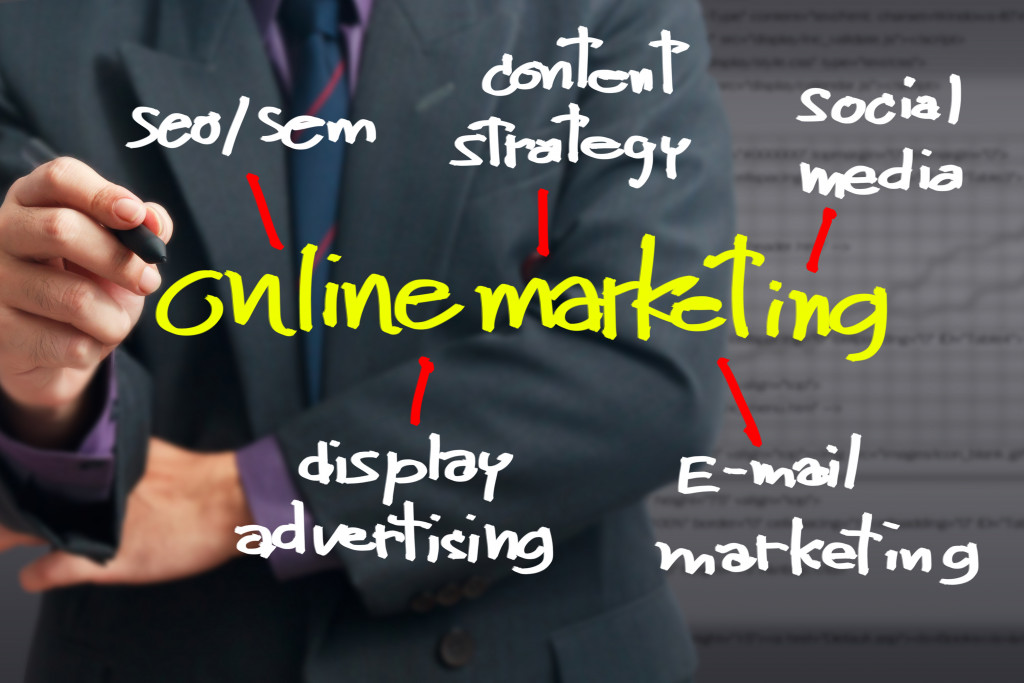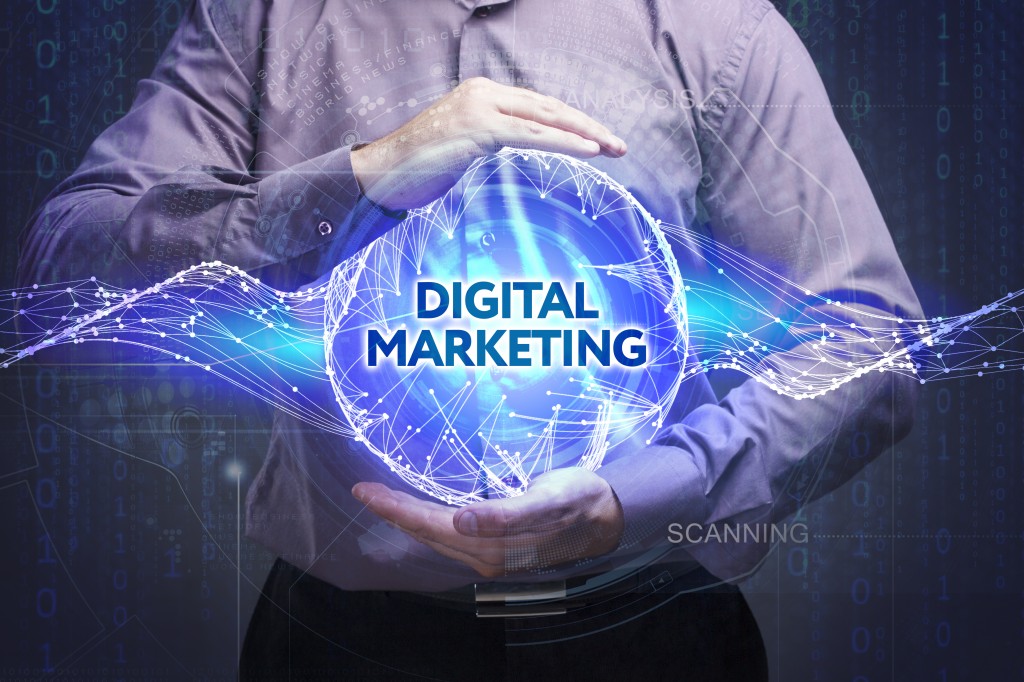The principle of freedom of expression is the ability to think, speak, distribute, and access information through different platforms without fear of restraint. In a globalized world that we live in, people with different cultures, ideals, and traditions can be reached directly through various channels, whether using a traditional or digital marketing approach. It is both an opportunity and a challenge for marketers to build a brand globally while being responsible marketers and advertisers.
The Company’s Representation
Branding is the first and the most crucial step in creating your marketing plan. It is essential because it allows your customers to know what to expect from your company. It is a way of distinguishing yourself against your competitors.
Building Your Brand
- Define how you want your company to be perceived. Focus on staying loyal to your brand.
- Organize your business model based on the promise that sets you apart from your competitors. Your brand will significantly influence the winning formula of your business.
- Create your marketing materials based on the message you want to communicate. Your brand is the center of your advertising campaigns.
The Marketing Approach
In highly competitive times, creativity and competition push the marketers to go extra, wanting to differentiate themselves from their competitors. That often draws a thin line between enticing societies and offending societies of a particular culture. That’s why it is essential to tailor a message that is appreciative and respectful of all cultures.
Marketing companies, such as SEM agencies and B2B marketing firms, should consider the risks of hurting a particular part of the population. Brand managers should assess the impact of the message they want to communicate on brand reputation and sales. The question, “Can culturally or religiously offensive messages fall through on the brand?” should help in anticipating the possible consequences of a hurtful brand messaging. Otherwise, an aggressive response towards the company can be expected.
The Marketing Channels

Channel marketing performs the work of stirring products and services from producers to consumers. It overcomes time and places gaps. In the marketing and advertising industry, a self-regulatory guideline is self-imposed. The marketer’s own set of values and judgment will be the ultimate measures in deciding on the company’s branding. Taking cultural differences into consideration and discovering the limits of freedom of expression in marketing will remain challenging.
Digital Marketing Channels
There are numerous channels to advertise your brand. Here is a list of marketing channels:
- Website — can be the most critical channel every business should have. It is where users who are interested in learning more about your business. Your website should offer an excellent first impression that represents your business and brand in the way you want to be perceived.
- Outdoor Digital Advertising — is the traditional outdoor advertising, specifically signage that uses electronic technology to display on the screen.
- SEO and Content Marketing — is a long-term investment. These will demonstrate your authority and expertise in your industry while helping you reach customers at different stages of the funnel.
- Pay-Per-Click — is a business strategy on the Internet wherein an advertiser settles a fee when their ad is clicked on a host website.
- Social Media — offers valuable community-building opportunities to build relationships with your customers.
- Email Marketing — the best method of direct response marketing that nurtures your customers’ journey.
Through these channels, advertisers can easily communicate your brand globally. However, the ethical consideration side, marketers and advertisers should take their responsibilities in avoiding hurting a specific population.
